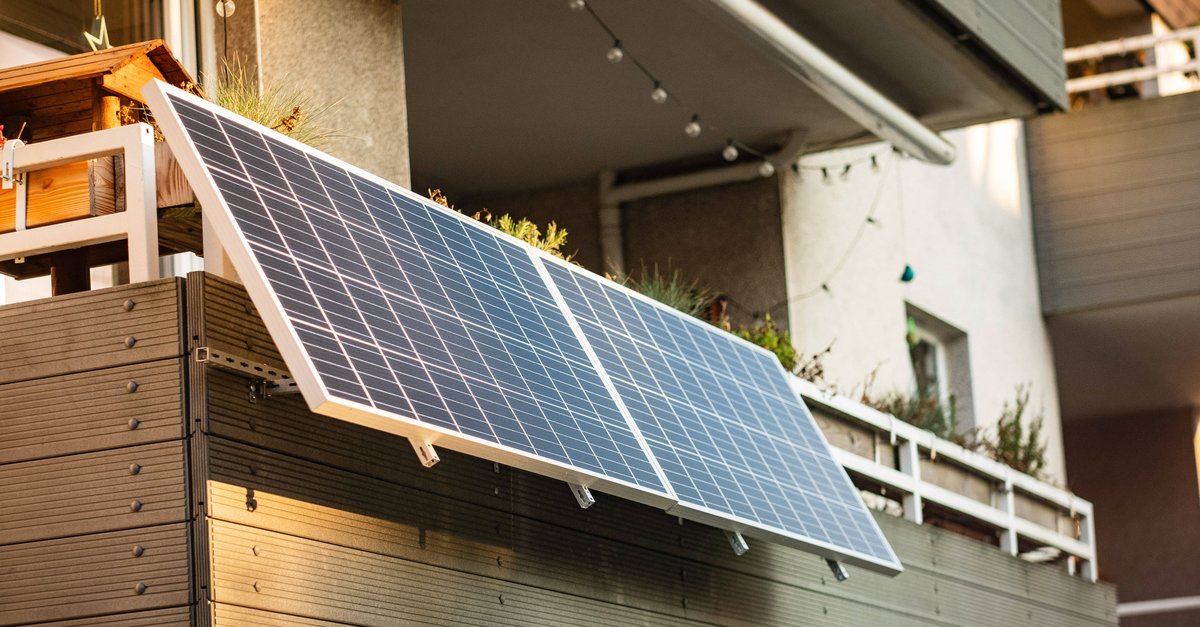Stiftung Warentest reveals: Power banks cheat when it comes to battery capacity
With power banks, customers are sometimes duped, according to Stiftung Warentest. During an investigation, the testers found incorrect information about the battery capacity. Expensive power banks are also not always worth the money. A cheap device from Amazon performed best.
Power banks: Stiftung Warentest recognizes cheating
In a new investigation, the Stiftung Warentest 19 power banks from different manufacturers scrutinized. Twelve of these were rated “good,” but with some booster batteries, customers don’t get what they pay for. A fairly expensive Conrad model did poorly because the battery capacity does not tell the whole truth (source: Stiftung Warentest).
According to the testers, the Conrad power bank has a capacity of 20,100 mAh instead of the stated capacity in practice only 14,760 mAh exhibited. Consequently, the power bank, which retails for almost 70 euros, received the worst rating. Overall, it is still enough for a “satisfactory (3.3)”, but in terms of declaration, the grade “insufficient (4.7)” is on the certificate. After all, the power bank can be charged faster than many others – but this is of course due to the lower actual capacity.
We liked these power banks best:
In the range of 20,000 mAh nominal capacity has a Cheap power bank from Amazon best cut off. It is currently available for around 33 euros and has received the final rating of “good (1.9)” from Stiftung Warentest (view at Amazon). Function and loading speed were particularly positive. After five hours of charging, the additional battery has reached 100 percent again.
Even an e-car can be charged with a massive power bank:
Power banks with 10,000 mAh: Conrad receives top marks
When it came to compact power banks with a 10,000 mAh battery capacity, Conrad did much better. the “Voltcraft Power Bank WPB-10000” was able to secure first place and the grade “good (2.0)”. The testers gave a lot of praise for security and loading speed.


